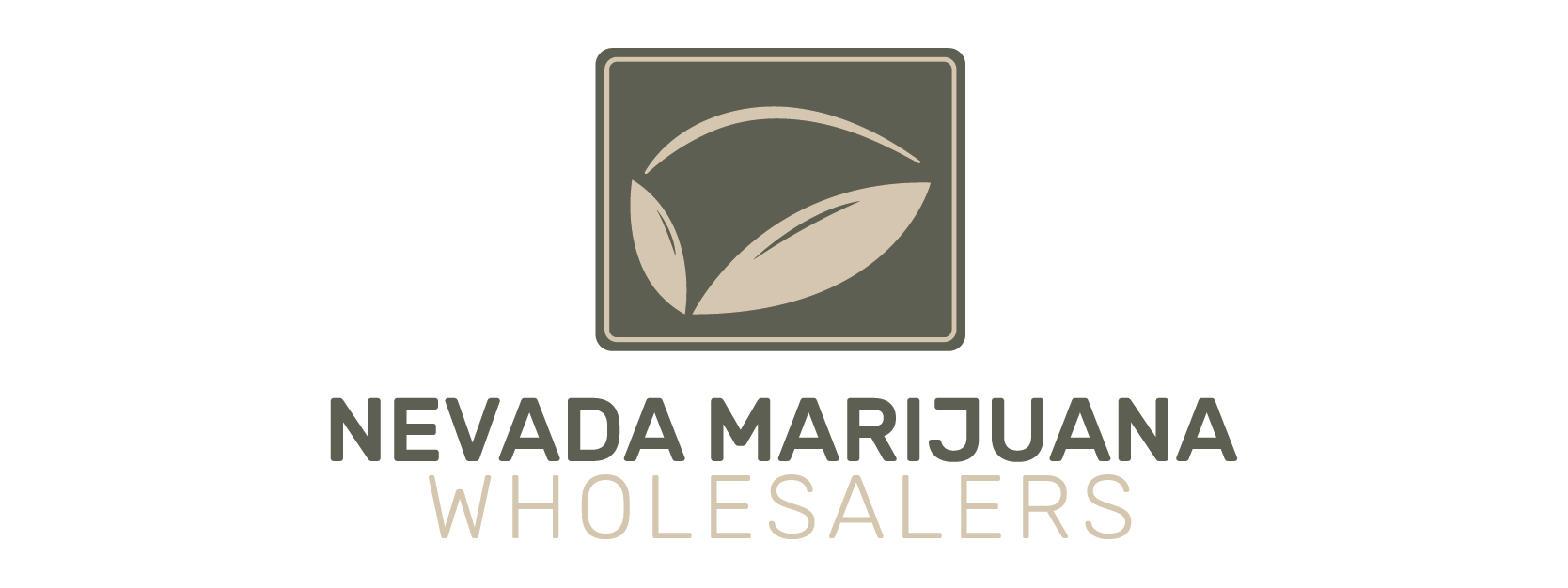Nevada’s cannabis industry has always been unique. With Las Vegas as a global entertainment hub and Reno attracting a steady mix of tourists and locals, the market has been shaped by a blend of tourism, innovation, and regulation. In recent years, a new piece of the puzzle has entered the scene: cannabis consumption lounges. The question is—do these lounges actually impact the wholesale cannabis market in Nevada, or are they simply an added layer of experience for consumers?
Lounges as a Tourism Driver
For Nevada, tourism is the beating heart of cannabis sales. According to the Nevada Cannabis Compliance Board (CCB), more than 75% of sales in Las Vegas dispensaries are tourist-driven. Lounges give visitors something they’ve long been missing: a legal, social space to consume after shopping at dispensaries. Instead of smoking in a hotel room or finding a discreet outdoor spot, tourists can now enjoy cannabis in a regulated lounge.
That experience does ripple back into wholesale. Lounges often require steady, curated inventories of flower, pre-rolls, vapes, and even infused beverages. Because they serve customers on-site, lounges put pressure on wholesalers to maintain consistent product quality, freshness, and volume. This has the potential to drive up wholesale demand, especially for products designed for quick, social consumption.
Wholesale Shifts: More Variety, Smaller Formats
One subtle but important shift lounges encourage is product format. A consumer at a lounge might prefer a single pre-roll, a low-dose beverage, or a vape pen rather than a quarter ounce of flower. For wholesalers, this means packaging and supply trends lean toward smaller, lounge-friendly SKUs. Some cultivators and manufacturers are already adjusting, offering mix-packs of pre-rolls or low-dose edibles to meet lounge demand.
In turn, wholesalers who can anticipate lounge trends are better positioned to win contracts with both dispensaries and lounge operators. This doesn’t radically overhaul the wholesale market, but it does introduce new niches that didn’t exist before lounges opened their doors.
The Volume Question
That said, lounges alone are not yet a massive volume driver compared to dispensary sales. According to Headset’s 2024 cannabis market data, wholesale demand in Nevada remains anchored by traditional retail purchases. Lounges add a layer of opportunity but don’t fundamentally shift the scale. Wholesale pricing and availability are still largely shaped by cultivation yields, seasonal tourism surges, and competition among multi-state operators (MSOs) and boutique growers.
In other words, lounges make noise, but they’re not dictating wholesale pricing structures—at least not yet.
Branding and Consumer Discovery
Another indirect impact lounges create is consumer discovery. A tourist who tries a pre-roll or infused beverage at a lounge may later walk into a dispensary and buy the same brand. This helps wholesalers and brands gain visibility. Lounges essentially act as sampling hubs, giving wholesalers an incentive to work with brands that perform well in social consumption spaces.
In this way, lounges function as marketing tools that help wholesalers build stronger relationships between products and consumers. This impact is less about volume and more about shaping brand loyalty, which can pay off in the long run.
Balancing Reality and Hype
The cannabis lounge model is still in its infancy in Nevada. There’s excitement, regulatory hurdles, and plenty of experimentation. For now, lounges provide wholesalers with supplemental opportunities rather than a full market shift. They do encourage variety, freshness, and smaller formats, and they create unique pathways for brands to reach consumers. But wholesale prices and distribution are still tied to larger industry forces—cultivation, regulation, and Nevada’s tourism cycles.
As more lounges open across Las Vegas and Reno, the ripple effect could grow. But today, the impact on wholesale is more subtle than seismic.



